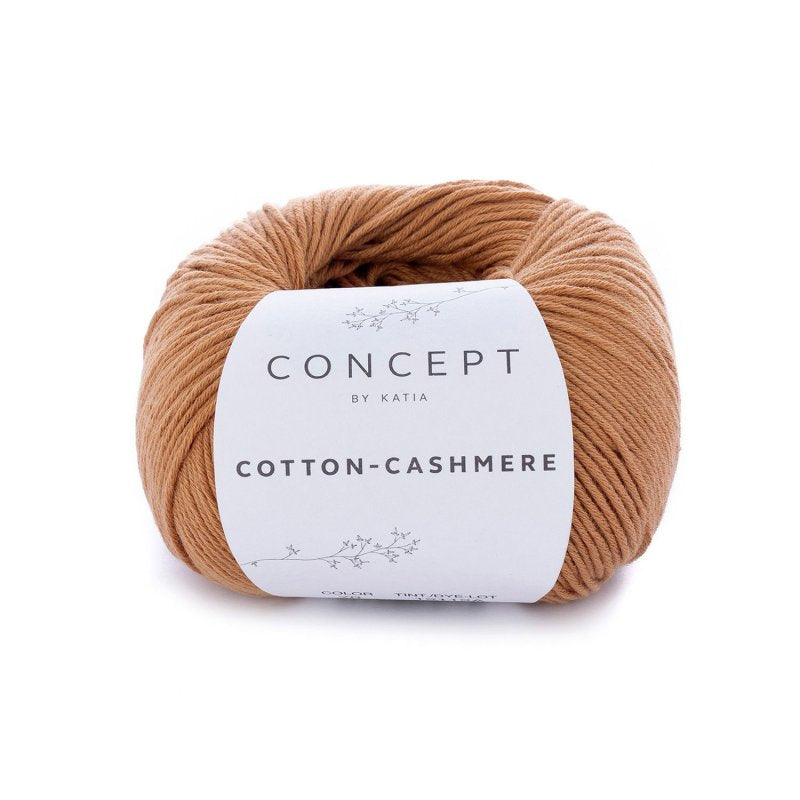What Is Cashmere and Why It’s a Must-Have in Every Fashion Lover’s Wardrobe
What Is Cashmere and Why It’s a Must-Have in Every Fashion Lover’s Wardrobe
Blog Article
Recognizing the Different Kinds Of Cashmere a Natural Fiber and Their One-of-a-kind Benefits

The Origins of Cashmere: A Historic Introduction
While the elegant touch of cashmere proceeds to charm contemporary customers, its beginnings trace back to the rough, cold environments of Mongolia and the Himalayas. For centuries, the native individuals of these areas have been elevating Capra Hircus goats, the prime resource of cashmere wool. These goats, resistant versus the severe winter seasons, grew a fine undercoat to survive, which later on came to be understood as cashmere. The name itself pays homage to Kashmir, an area in India where the wool was originally refined. Much of the early cashmere profession path was assisted in by the Silk Road, linking Asia with the Middle East and Europe. Regardless of its worldwide spread, the finest cashmere is still thought to originate from the initial areas of Mongolia and the Himalayas.

The Production Process: From Goat to Garment
Shearing a Capra Hircus goat notes the creation of the detailed cashmere manufacturing process. The resultant raw cashmere is after that cleaned to remove impurities such as dirt, oil, and vegetable matter.
The tidy fiber goes through dyeing, spinning, and weaving, or knitting, to transform it right into a textile. Complex treatments like quality assurance checks and completing procedures adhere to, making sure completion product keeps the glamorous requirement expected of cashmere. This meticulous process, from goat to garment, warrants the high cost connected to cashmere items, making them an icon of deluxe and refinement.
The Different Sorts Of Cashmere: An In-depth Analysis

The Distinct Benefits of Cashmere: Convenience and Sustainability
Moving from the range of cashmere types to the benefits they provide, comfort and sustainability stick out plainly. Cashmere, an all-natural fiber, is renowned for its unequaled softness, providing a level of comfort that synthetic fibers can't match. The material's agility, yet outstanding warmth retention, makes it ideal for all periods. Moreover, cashmere's all-natural elasticity permits it to go back to its initial shape, making it immune to extending or shrinking.
When it comes to sustainability, cashmere is naturally degradable and renewable, as it's collected from cashmere goats who regrow their coats each year. what is cashmere. Unlike artificial fibers which can take hundreds of years to decompose, cashmere's influence on the setting is minimal. This combination of convenience and sustainability makes cashmere a beneficial choice for conscious customers

Taking Care Of Your Cashmere: Upkeep and Conservation Tips
While cashmere is most certainly a lasting and elegant selection, it calls for specific like maintain its quality and prolong its life expectancy. To look at these guys begin, cashmere ought to be hand washed making use of cold water and a mild cleaning agent. Avoid twisting or wringing the garment as it can damage the fibers. Rather, carefully capture out excess water and lay it level on a towel to completely dry. Additionally, cashmere things need to be saved in a awesome and dry area, away from straight sunshine and dampness. Utilizing moth repellents can secure these garments from possible damages. Finally, it's a good idea to avoid hanging cashmere to prevent stretching. Instead, fold and shop them correctly to preserve their shape and quality with time.
Purchasing Cashmere: Recognizing Its Worth and Worth
Although cashmere may at first seem like an expensive financial investment, its long-term value and worth become apparent when you consider its amazing high qualities. Understood for its exceptional softness and heat, cashmere is a premium natural fiber that outmatches various other materials. Its high demand and minimal supply add to its high price, however its sturdiness ensures it lasts for years, supplying excellent value for money. Cashmere pieces are timeless, typically becoming treasures passed down through generations. what is cashmere. Its natural shielding residential or commercial properties offer warmth without the mass of synthetic fibers. Buying cashmere, for that reason, is not nearly current style fads, however regarding embracing a sustainable, durable, and luxurious way of living.
Conclusion
In summary, the type of cashmere one picks, be it my sources Mongolian, Chinese, or Italian, is dictated by specific preferences for warmth, deluxe, budget plan, and sustainability. Recognizing the origins, production procedure, and one-of-a-kind benefits of various types of cashmere can direct customers in their investment in this lavish all-natural fiber.
Whether it's the exceptional warmth of Mongolian cashmere, the affordability of Chinese cashmere, or the eco-conscious manufacturing of Italian cashmere, there's a tale to be discovered behind each fiber type. Cashmere, an all-natural fiber, is renowned for its unparalleled softness, offering a degree of convenience that synthetic fibers can't match.When it comes to sustainability, cashmere is biodegradable and sustainable, as it's collected from cashmere goats that regrow their coats yearly. Understood for its unparalleled softness and heat, cashmere is a premium natural fiber that outperforms other materials. Understanding the origins, production process, and special advantages of different types of cashmere can assist consumers in their investment in this luxurious all-natural fiber.
Report this page